Health and Medicine
Explore Health and Medicine
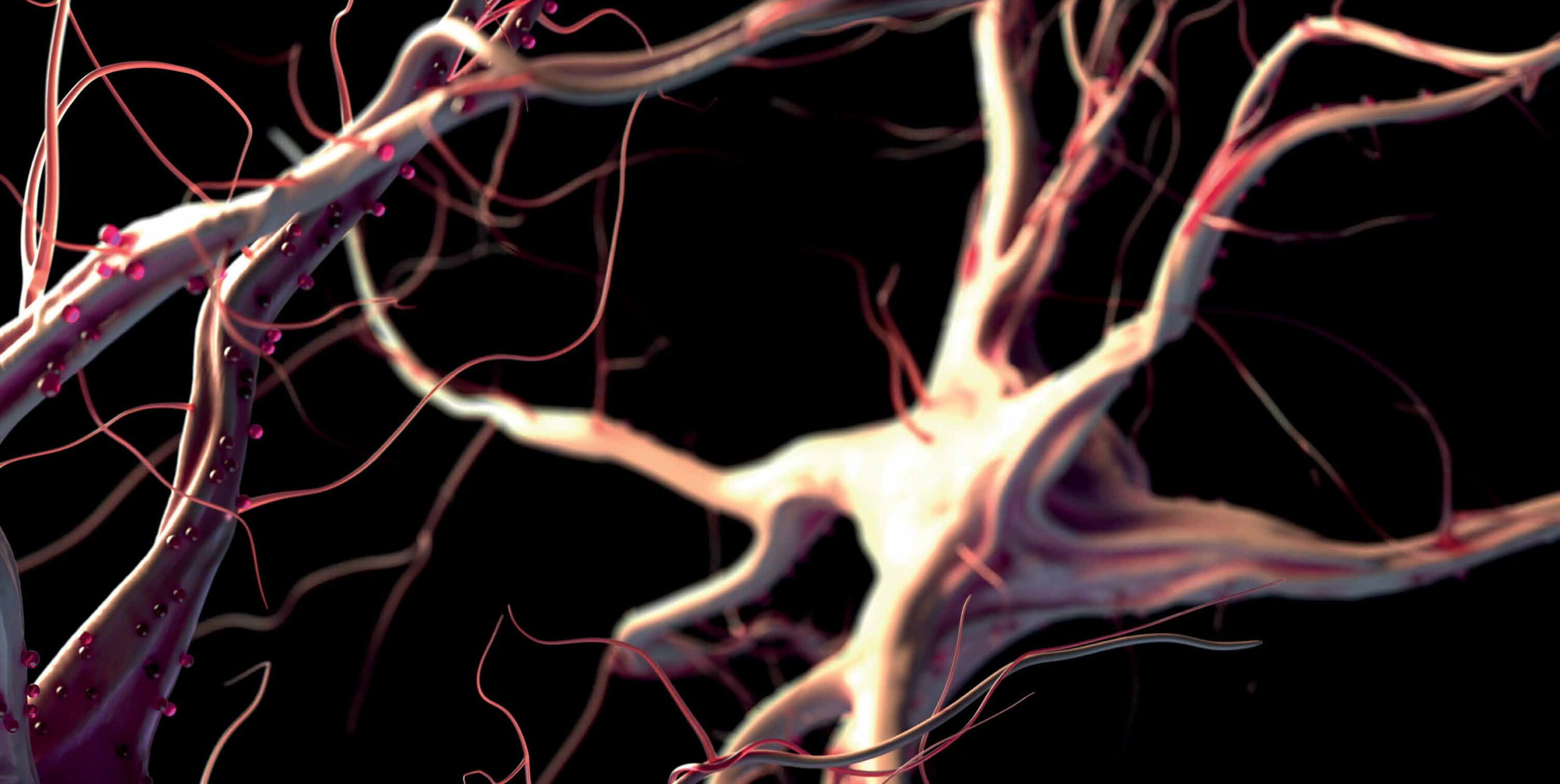
Dr James E. Goldman | Dr Osama Al-Dalahmah – Confronting the Challenge of Huntington Disease
Huntington disease (HD) is an inherited and progressive neurological disorder which is currently fatal. Dr James E. Goldman and Dr Osama Al-Dalahmah, both at Columbia University, USA, are utilising new techniques in molecular biology to better understand the brain pathology associated with HD. Their vision is to develop therapeutics that can slow the progression of the disease, and ultimately, treat and even prevent it.
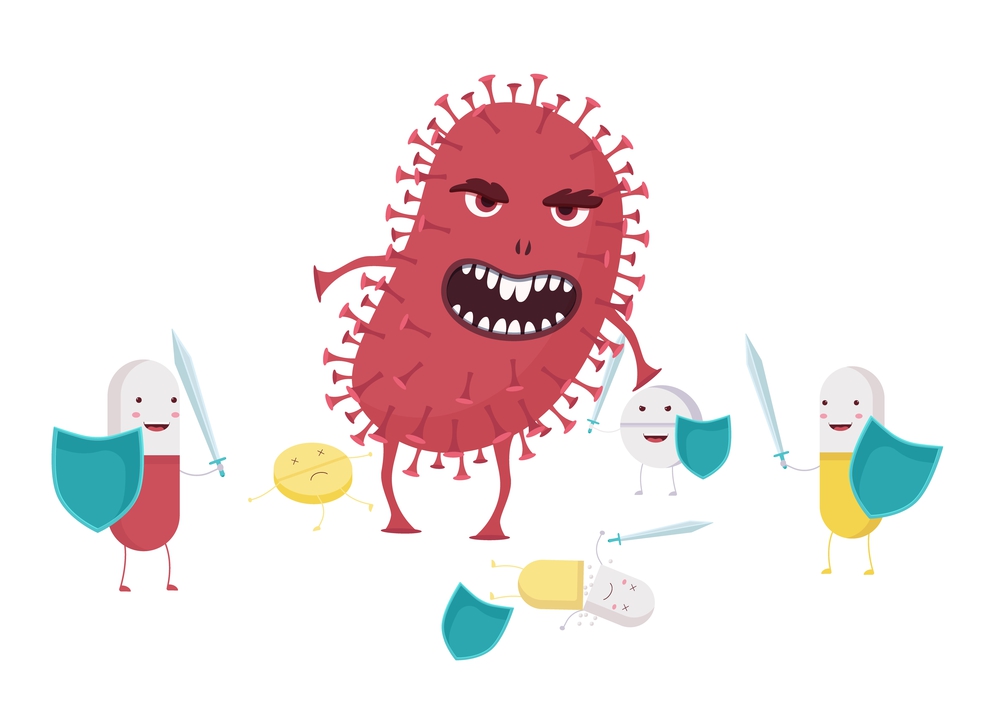
Saffiatou Darboe | Rising Above Resistance: How Bacterial Research is Saving Lives in The Gambia
Antimicrobial resistance (or AMR for short) is a pressing global health challenge that poses significant risks, particularly in low- and middle-income countries. The extensive research conducted by Saffiatou Darboe of the London School of Hygiene and Tropical Medicine, The Gambia, and her colleagues, has been pivotal in understanding and addressing this issue within The Gambia and other regions in sub-Saharan Africa. This episode delves into four comprehensive studies conducted by Darboe and colleagues, shedding light on the impact of AMR, the importance of antibiograms, and specific outbreaks of resistant pathogens.
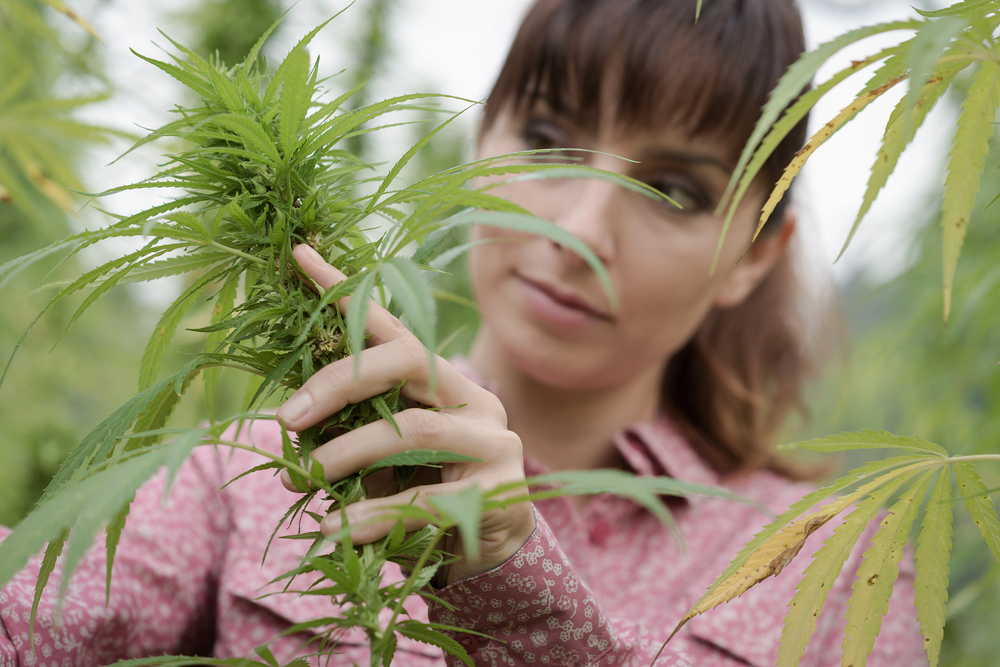
Prof. Miranda Reed | Shaping Young Minds: How Prenatal Cannabis Use Affects Brain Development
As cannabis prohibition begins to unravel across the world, cannabis use has become more common and normalised. Researchers are assessing the impact of this on vulnerable populations, such as pregnant women. Strikingly, cannabis is among the most commonly used substances during pregnancy, raising serious concerns about its effects on unborn children and the long-term consequences this could have. Prof. Miranda Reed of Auburn University, and colleagues, have assessed how cannabis exposure in the womb can affect brain development and cognitive abilities, such as memory.
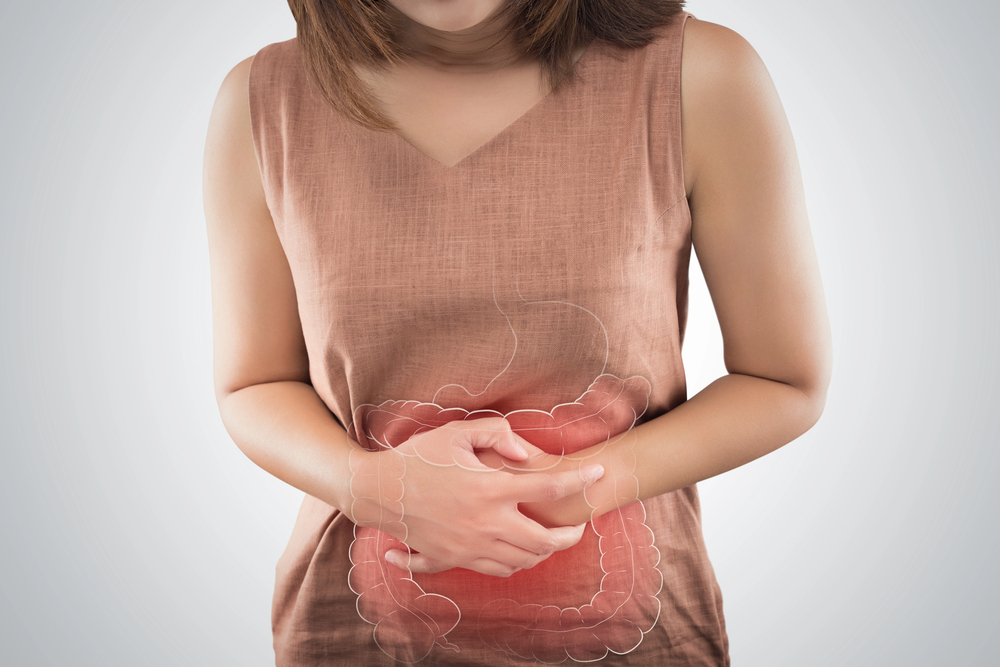
Dr Tony Croft | A New Frontier in Treating Acute Ulcerative Colitis: Predicting Corticosteroid Treatment Failure
Ulcerative colitis is a chronic inflammatory bowel disease that affects the colon and rectum, leading to symptoms such as severe bloody diarrhoea and abdominal pain. For many patients, the disease can become acute, with symptoms worsening rapidly and requiring hospitalization. In these cases, corticosteroids—powerful anti-inflammatory drugs—are often the first line of treatment. However, the effectiveness of corticosteroids varies significantly among patients, and a considerable number do not respond to this treatment, putting them at risk of severe complications, including the need for surgery.
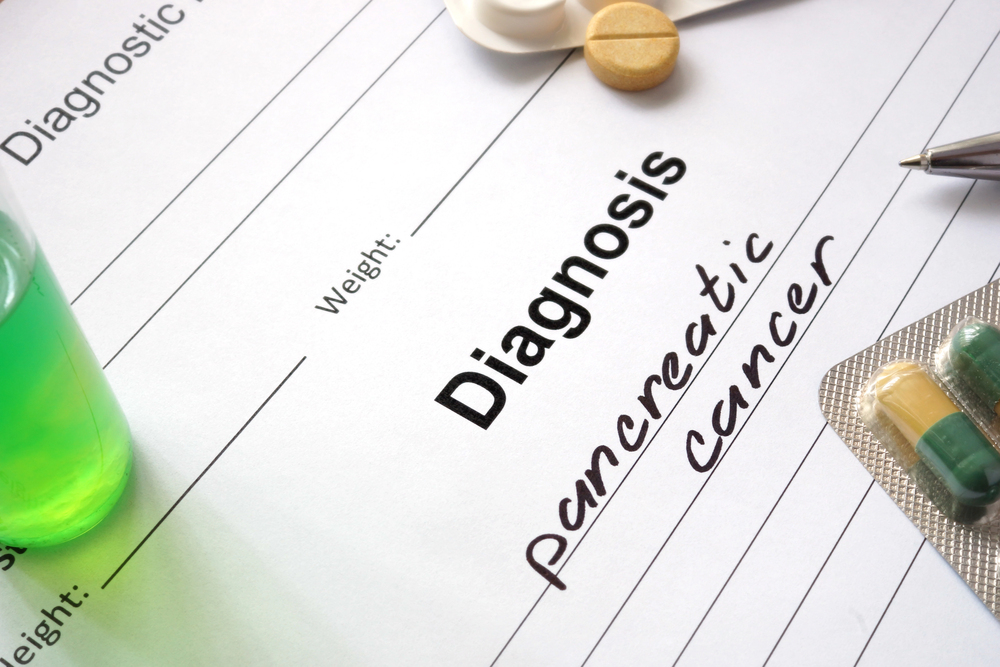
Prof. Ian Rabinowitz | Unveiling the Hidden Factors in Pancreatic Cancer
Pancreatic cancer, particularly pancreatic ductal adenocarcinoma, stands as one of the most lethal cancers. Despite being only the ninth most common cancer in the United States, it is the fourth leading cause of cancer-related deaths. This discrepancy is due to its aggressive nature and the challenge of early diagnosis. By the time symptoms become apparent, the disease is often at an advanced stage, making it difficult to treat effectively. With a five-year survival rate of just 9% for late-stage diagnoses, researchers such as Prof. Ian Rabinowitz and his team at the University of New Mexico are determined to uncover the mysteries behind this formidable disease.
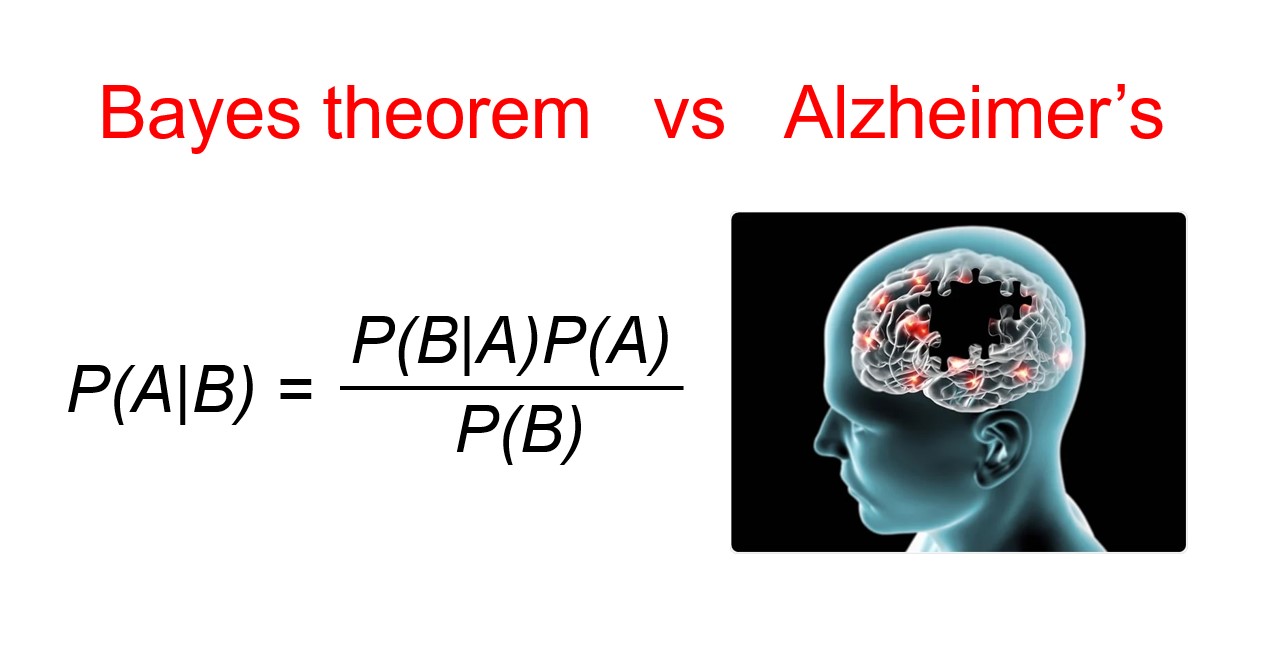
Innovative Clinical Trial Design via Artificial Intelligence Identifies Effective Drug and Its Most Efficacious Dose for Treating Early Alzheimer Disease
Phase 3 clinical trials are the most expensive part of drug development, and the most important hurdle to regulatory approval. More than 95% of phase 3 trials in Alzheimer’s disease fail. The main reason is a poor foundation, namely, inadequate or misleading phase 2 trials. Dr. Donald Berry, Founder of Berry Consultants and Founder and Professor of the Department of Biostatistics at the University of Texas MD Anderson Cancer Center, along with his son Dr. Scott Berry, President of Berry Consultants, are committed to turning the tide. Their revolutionary methodology involves adaptive clinical trial design within a Bayesian statistical approach.
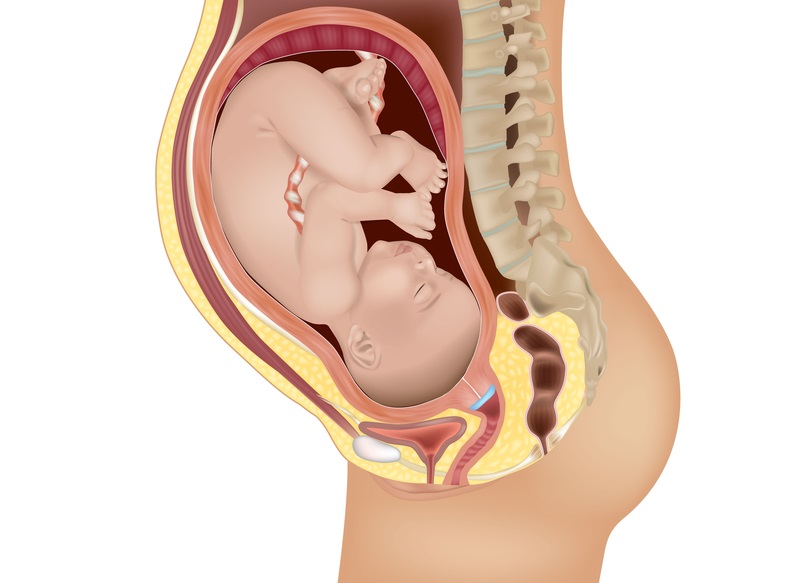
Dr. Kamalini Das | Bridging the Gap: Insights into Pubic Symphysis Separation Postpartum
Childbirth is a remarkable event that brings joy and new beginnings but also poses significant physical challenges to the mother’s body. One such challenge is the separation of the pubic symphysis, a joint located between the left and right pubic bones. Dr. Kamalini Das of Regions Hospital, Minnesota, and her colleagues conducted a groundbreaking study to investigate pubic symphysis separation in women who delivered vaginally versus those who had cesarean sections. Their research provides important insights into the nature of this physiological change and its development postpartum.
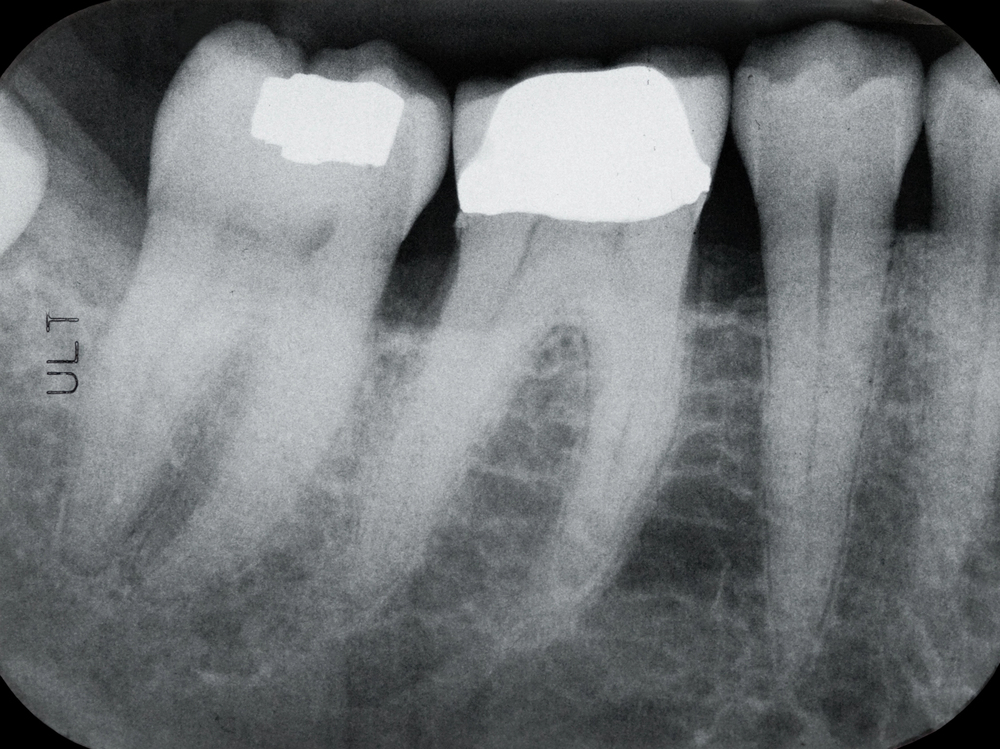
Dr Hosam Alharbi | Estimating Human Age Using Wide View Digital Dental Images
Dental features have been used to estimate age in humans for centuries and may be used with great accuracy in both living and deceased individuals. However, refinement of these techniques to align with modern clinical practice is ongoing. Dr Hosam Alharbi and colleagues at Qassim University in Saudi Arabia have introduced an amended version of an established technique to assess whether dental imaging systems used in modern clinics are suitable for determining human age.

Professor Eileen Redmond | A Toast to Moderation: Insights on Alcohol and Heart Health
Cardiovascular disease remains a leading cause of death globally. Atherosclerosis, the hardening and narrowing of arteries, is the primary underlying cause. The endothelium, a single layer of cells lining blood vessels, plays a crucial role in vascular health and disease. Disrupted endothelial function can lead to serious conditions such as thrombosis and hypertension and facilitates atherosclerotic plaque development. Interestingly, researchers have shown that alcohol has a complex relationship with cardiovascular health, displaying both protective and harmful effects depending on the dose. The work of Professor Eileen Redmond and her team at the University of Rochester Medical Center offers valuable insights into the nuanced role of alcohol in endothelial function.

Dr. Archana Thakur | A Novel Immunotherapy Approach to Treat Solid Tumors
Developing therapies to effectively treat cancerous tumors is challenging, due to the hostility of the tumor microenvironment and the potential to unintentionally damage surrounding tissues. Infusions of immune cells can improve immune function and assist the body in fighting disease, although this approach increases the risk of inducing dangerous inflammatory responses. Dr. Archana Thakur and her colleagues at the Universities of Virginia and Pennsylvania have engineered a pioneering immunotherapy system that precisely targets cancerous cells. This new immunotherapy poses minimal risk of adverse reactions, and can be used against a wide range of tumor types.
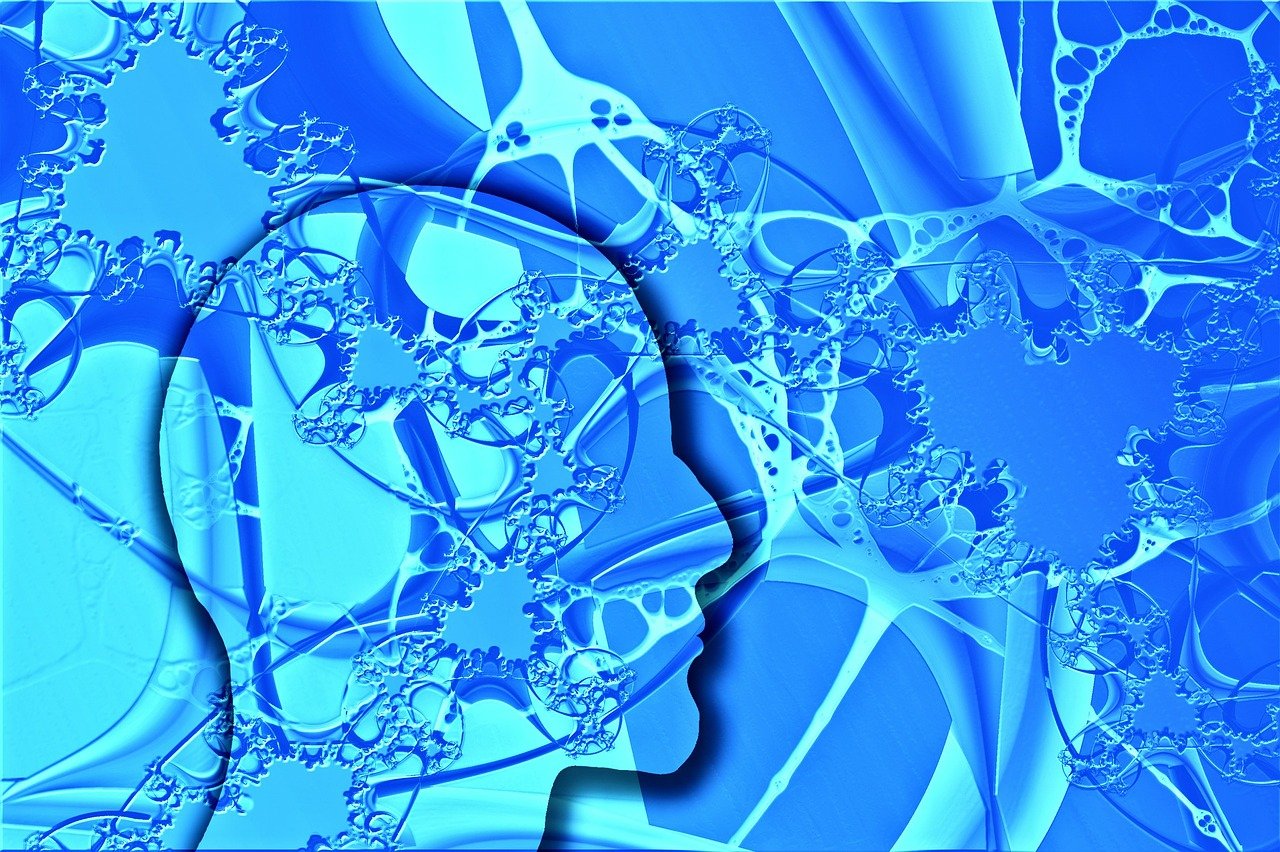
Dr Eleanor Wilson | Breath by Breath: Decision-Making in the Final Stages of Motor Neurone Disease
Motor neurone disease is a currently incurable and progressive neurological disorder that severely impacts muscle function. As the disease progresses, individuals with motor neurone disease experience significant difficulties in movement, speech, swallowing, and breathing. Home mechanical ventilation can be used to support breathing and improve the quality of life. However, while this can alleviate symptoms and extend survival, it does not stop disease progression, and patients and caregivers must confront difficult decisions in their treatment journey. In a new UK study, Dr Eleanor Wilson of the University of Nottingham and colleagues have explored end-of-life decision-making in motor neurone disease patients using home mechanical ventilation.
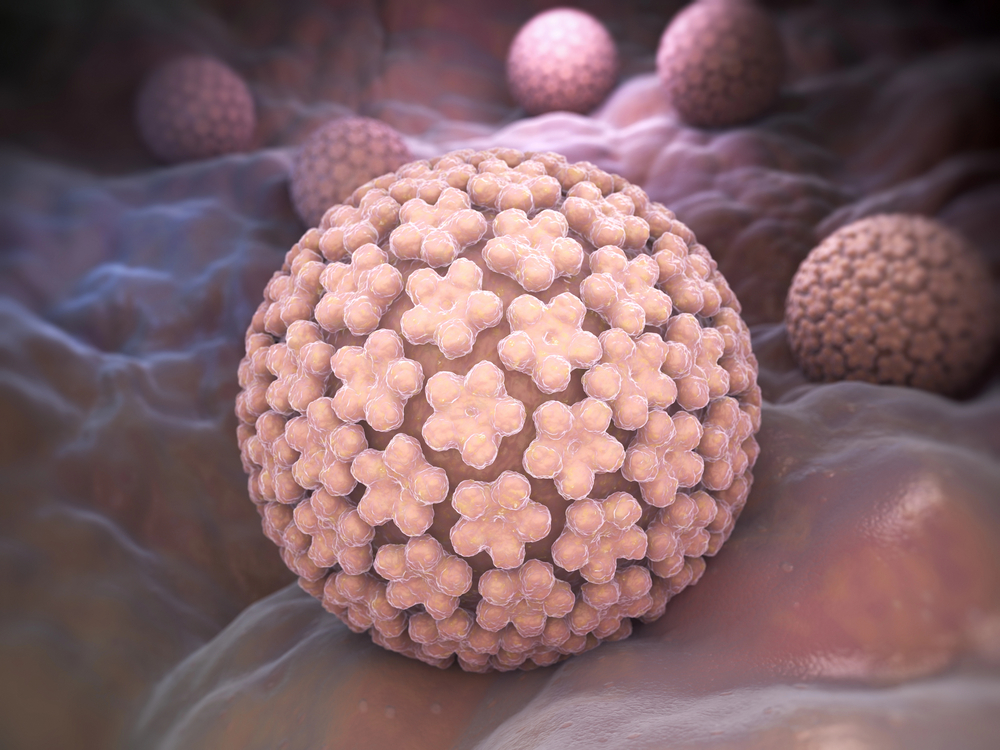
Dr. Christopher Buck | Expanding Our Knowledge of Viral Evolution
Vitamin D has been studied as a treatment for a large number of diseases and conditions, from cancer to autism to COVID-19. However, its mode of action is not completely understood. Professor Ralf Herwig carries out his research at HG Pharma GmbH (Austria) and Ulster University (UK). His vital work explores the role of vitamin D in the body with a view to unlocking its potential as a treatment for a variety of health conditions involving the immune system.
Increase The Impact Of Your Research!
Explore partnership opportunities
Unwind without the hassle. Enjoy fresh audiobooks, delivered free!
